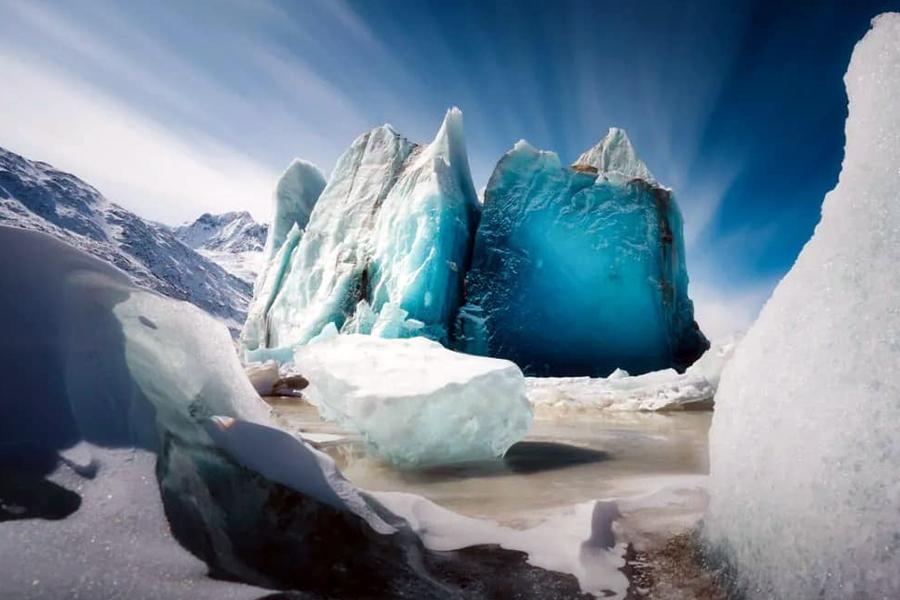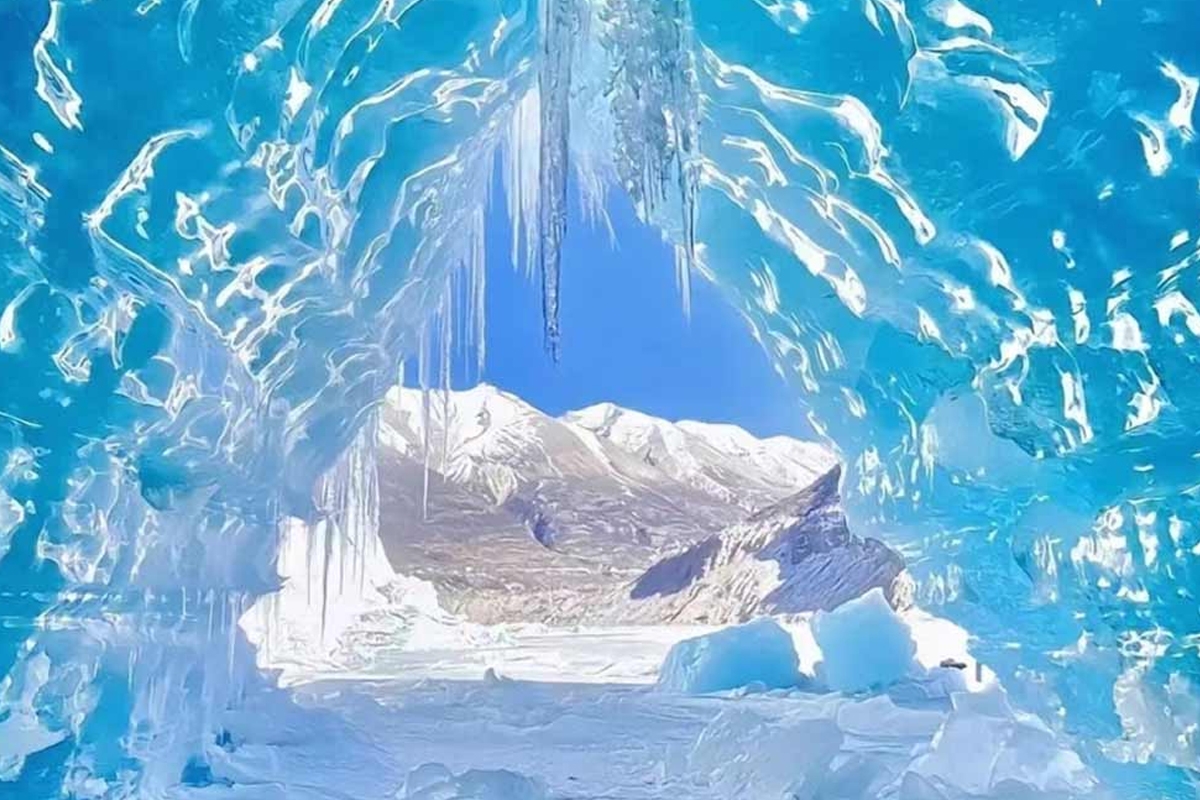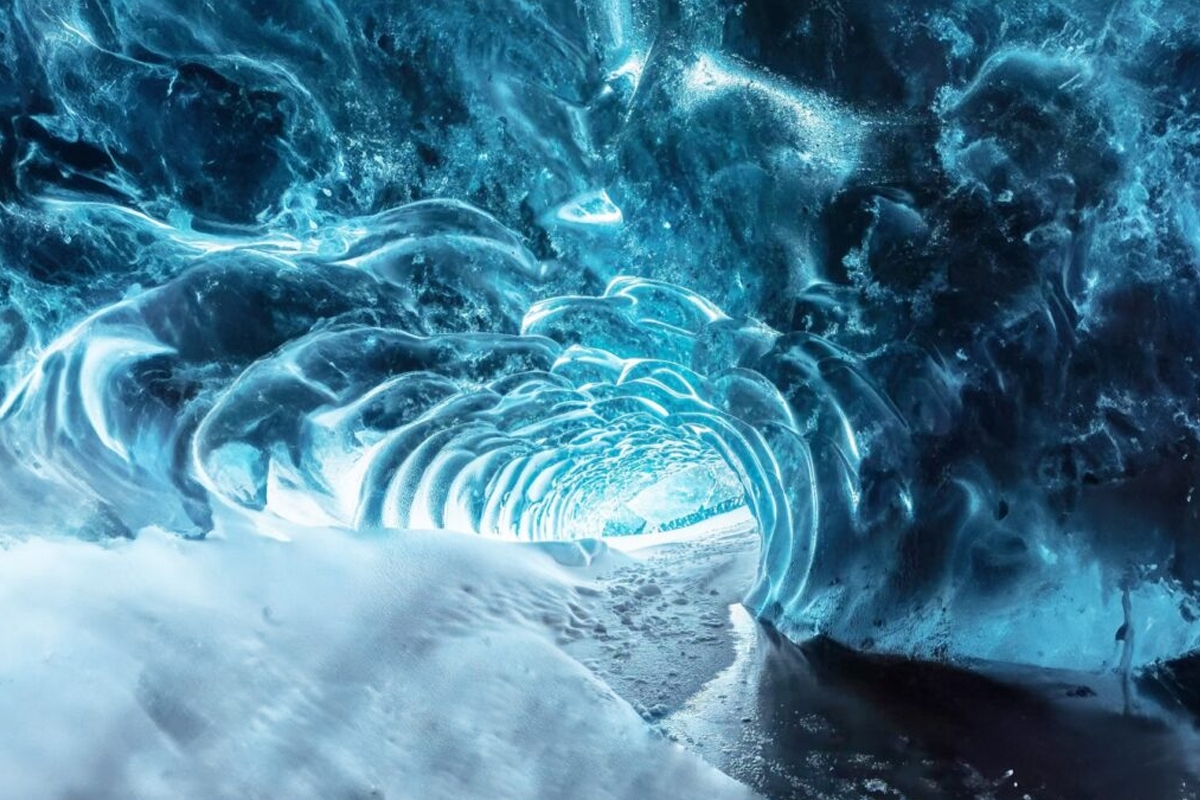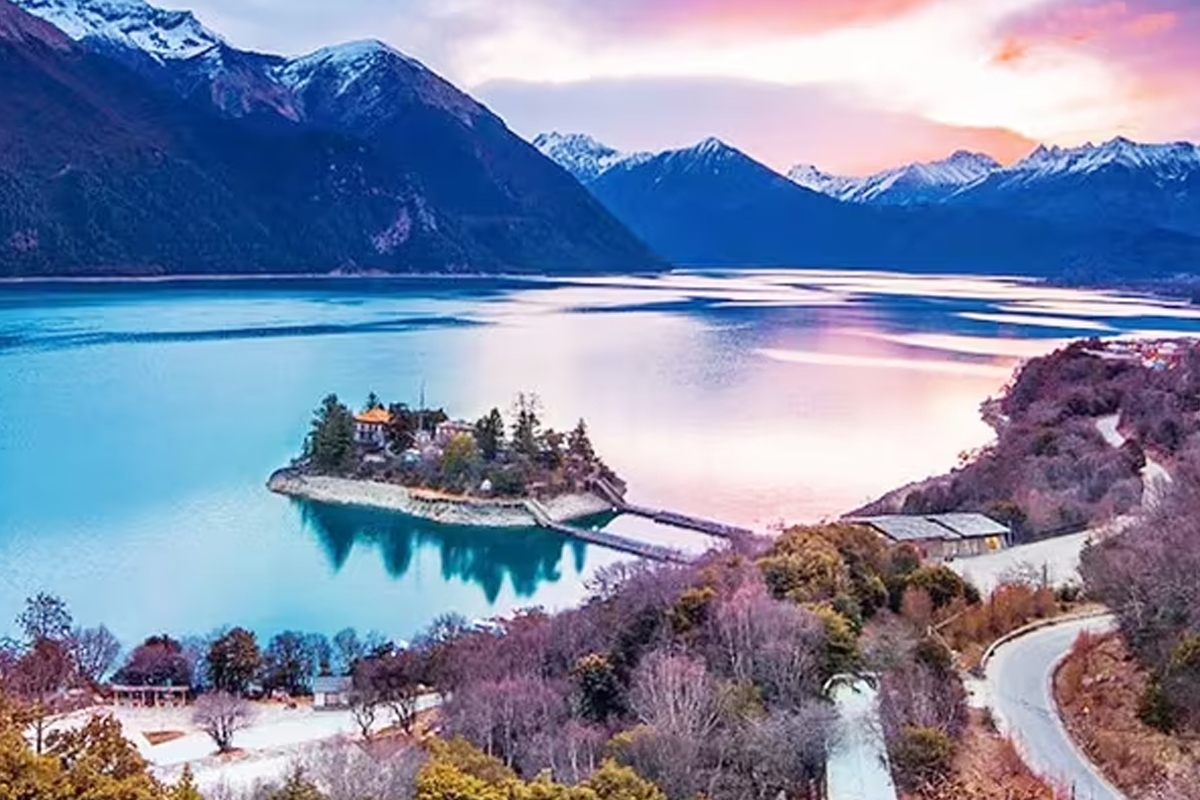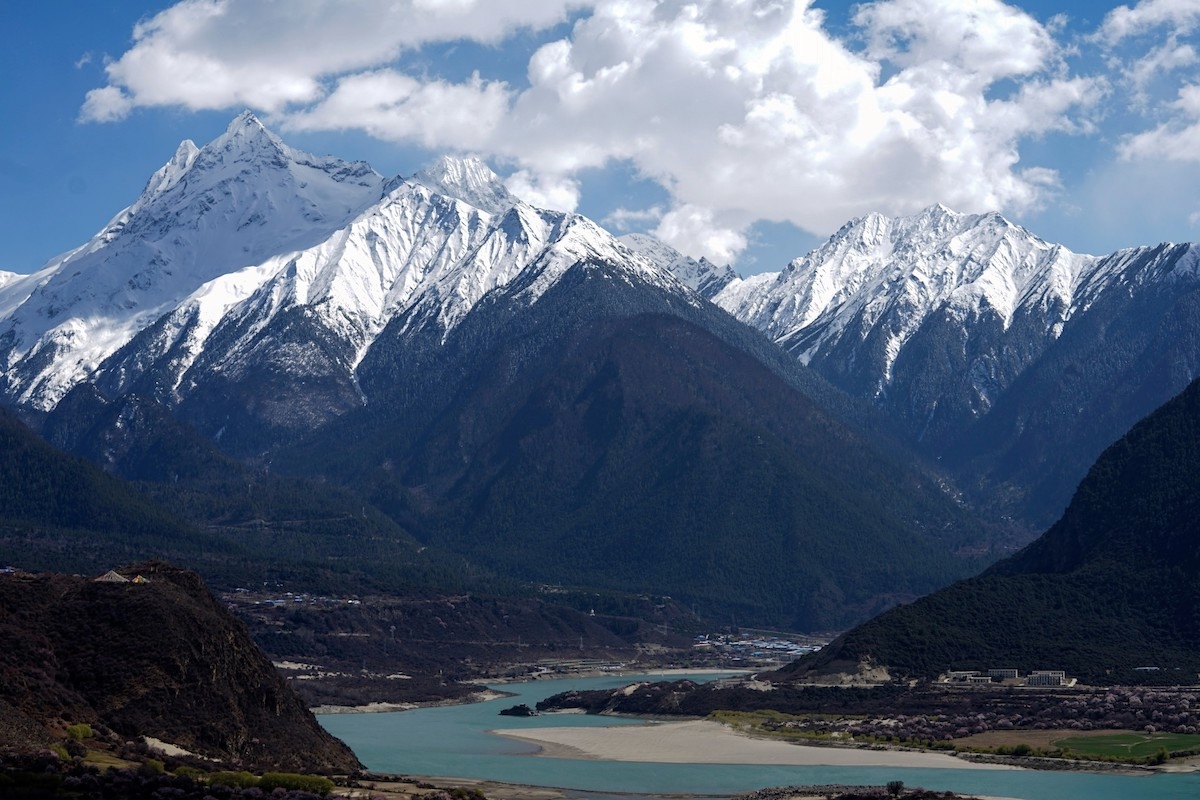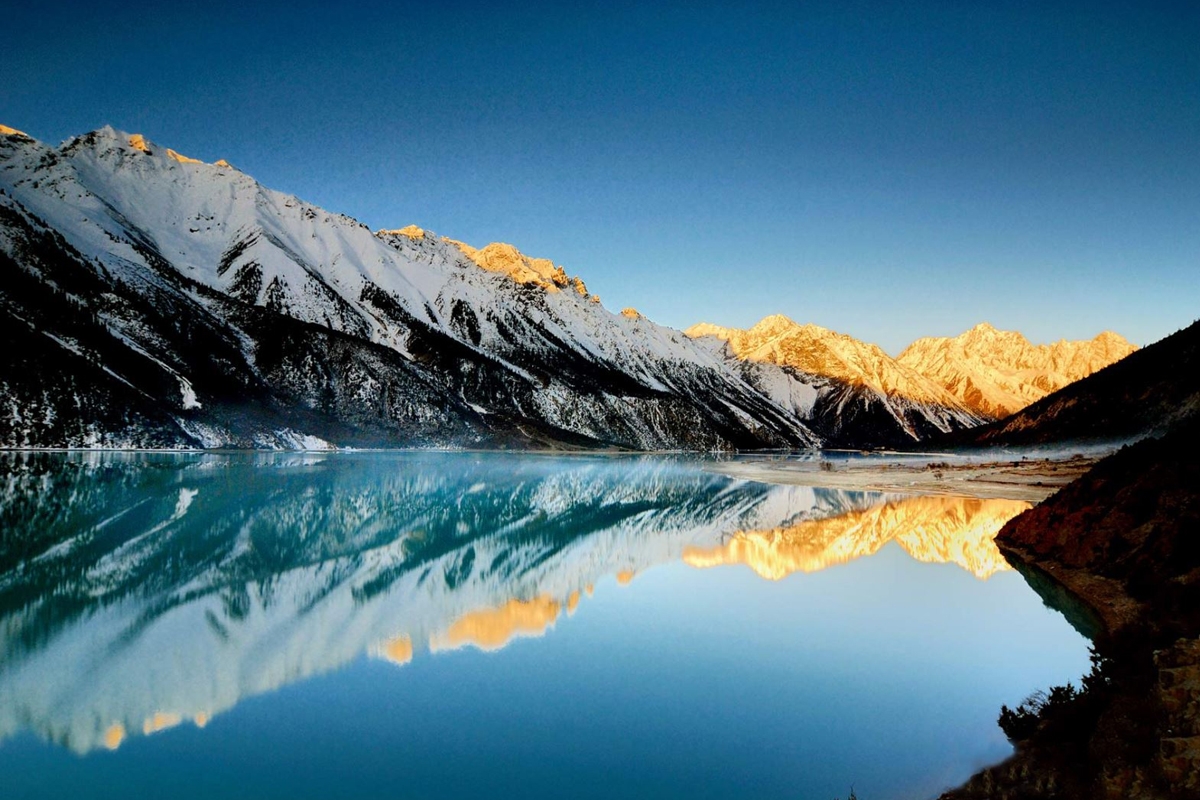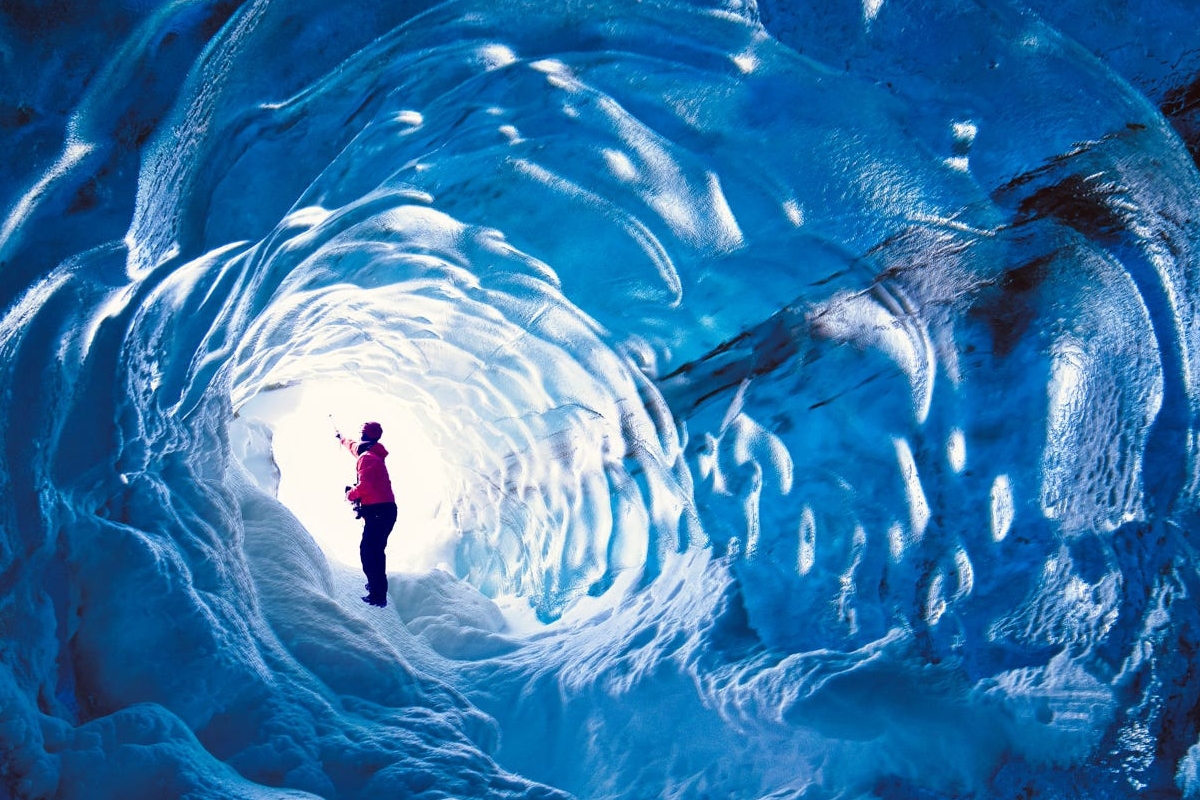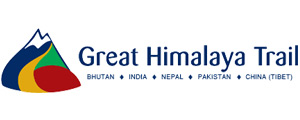A winter tour to explore Tibet’s blue ice and the Laigu Glacier offers a unique and spectacular experience, as winter transforms the Tibetan Plateau into a pristine, icy wonderland. Here’s what you can expect during a winter tour of Tibet’s blue ice and the Laigu Glacier: In winter, the blue ice phenomenon becomes even more vivid as the freezing temperatures prevent snow from covering the glacier surfaces, revealing the deep blue hues more dramatically. And Laigu Glacier, one of the most beautiful yet lesser-known glaciers in Tibet, becomes a frozen paradise during the winter months. Located in the Nyenchen Tanglha mountain range, Laigu Glacier is renowned for its grand scale and serene environment, especially in winter.
In conclusion; A winter trip to Tibet’s blue ice and Laigu Glacier is a challenging but incredibly rewarding experience. It combines adventure, natural beauty, and cultural immersion in one of the most remote regions of the world. If you’re a fan of winter landscapes and are prepared for the cold, this tour will provide memories that last a lifetime.
Highlights of the tour:
Photographic Opportunities: The winter light, crisp air, and the sharp contrast between the blue ice and snow offer unmatched photography opportunities.
Cultural Experience: Many winter tours also include visits to nearby Tibetan villages or monasteries, allowing you to experience Tibetan culture and spirituality in a serene, snowy environment. Winter festivals, such as the Losar (Tibetan New Year), might coincide with your trip, offering a unique cultural experience.
Remote Wilderness: A winter trip to Blue Ice and Laigu Glacier gives you a true sense of adventure, as you explore vast, untouched areas far from any human settlement.
Lhasa Sightseeing: You will have 2 days Lhasa cultural sightseeing tour visiting most of cultural sites including Potala Palace, Norbulinka, Drepung, Sera and Ramoche Temple.
Lakes and River Experience: You will have great exploration and experience of visiting Rawak Tso and Draksum Tso along the way similarly you will have an exploration of Yarlung Tsangpo River too.
Qinghai Tibet Railway Explerience: You will have exploration of The highest train route in the world Qinghai Tibet Railway in winter starting from Lhasa to Chengdu at the end of your tour.
Equipment
Challenges and Rewards of Winter Travel:
Cold Weather: Winter in Tibet can be very cold, with temperatures dropping below freezing, especially in high-altitude areas like Laigu Glacier (around 4,500 meters or 14,800 feet). Proper winter gear is essential, including insulated jackets, thermal layers, and heavy-duty gloves.
Altitude: The combination of altitude and cold can be challenging, so acclimatization is necessary. Be prepared for slower travel and extra care to prevent altitude sickness.
Accessibility: In winter, some roads may be difficult to navigate due to snow and ice, so a 4WD vehicle with experienced drivers is crucial. Some areas might be closed due to heavy snow, so flexible planning is important.
Essential Gear for Winter Exploration:
• Extreme Cold-Weather Clothing: Layered clothing, including thermal base layers, down jackets, windproof and waterproof outer layers, and warm hats and gloves.
• Snow Gear: Waterproof boots with insulation, gaiters, and crampons for walking on snow and ice.
• Sunglasses and Sunscreen: The sunlight reflecting off the snow and ice is incredibly intense in winter, especially at high altitudes.
• Hydration and Energy Snacks: It’s important to stay hydrated and energized, as the cold and altitude can be physically demanding.
Best Time for Winter Tours:
Winter in Tibet runs from December to February. This period offers the clearest skies and best visibility for the blue ice phenomenon, but it is also the coldest time of year, so be well-prepared for the conditions.

